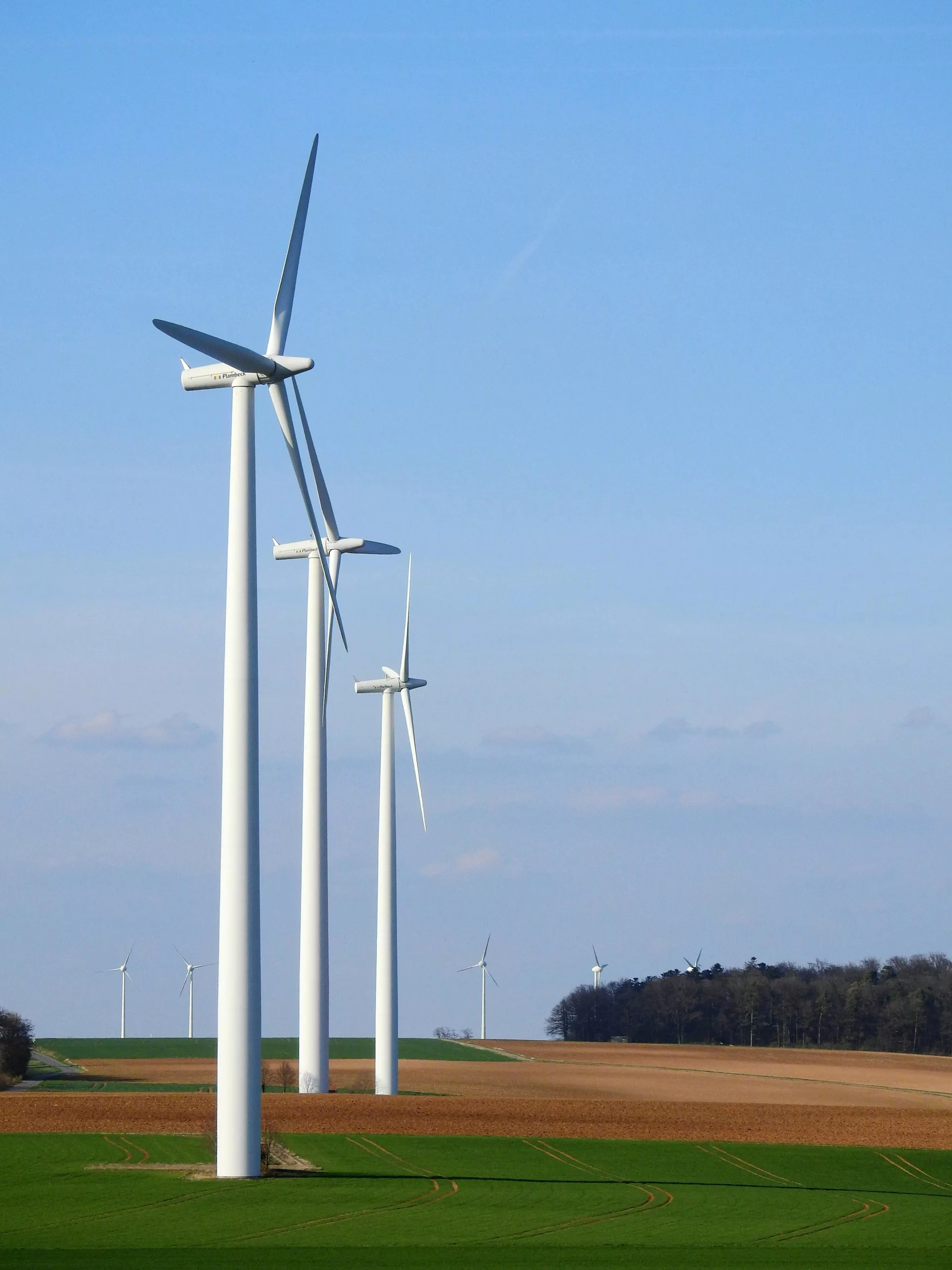With an abundant wind resource, the United States is poised to significantly expand its wind power generation. The Biden administration’s recent announcement foretells a bold move to engage farmers, involving 400 agricultural stakeholders in the installation of wind turbines, signaling just the beginning of a larger scale endeavor.
Expanding Distributed Wind Energy
The focus on distributed wind energy complements the conventional emphasis on large offshore wind projects. Studies by the US Department of Energy highlight the massive potential of local wind farms and individual wind turbines to meet significant portions of the nation’s energy demands. Characterized by their smaller size compared to traditional wind farms, these distributed wind systems serve local sites including farms, businesses, and communities, generating electricity for on-site or nearby usage.
Mobilizing the Agricultural Sector
Distributed wind power has been somewhat overshadowed by solar’s rise. Yet, factors that previously hindered the growth of this sector, such as transparency and technology, are now evolving. A certification process has been established, and technological advancements promise to propel distributed wind further ahead. The recently unveiled RAISE initiative by the US Department of Agriculture and the Energy Department aims to provide support for farmers through innovative business models and financial aid. Enhanced by the Rural Energy for America Program, this initiative bolsters rural communities with renewable technologies, ensuring energy independence and economic benefits.
Innovation in Wind Technology for Rural America
Attention to distributed energy resources has never been higher, with the Energy Department advocating for their role in easing transmission network strain. Paired with storage, these resources bolster local grids and deliver job opportunities in rural areas. The Energy Department’s Wind Energy Technologies Office has dedicated up to $2.5 million for proposals integrating distributed wind with agricultural operations, and its ongoing Distributed Wind Competitiveness Improvement Project showcases a commitment to evolving this energy sector.
Propelling Farmers with Advanced Wind Solutions
Signally, a new funding round designates $2.5 million explicitly for agricultural applications, marking a potential turning point for innovation in this space. Projects granted awards in previous rounds indicate a trend towards enhanced efficiency, cost-reduction, and compatibility with other renewable sources like solar. For instance, companies like Bergey Windpower and Carter Wind Turbines have received funding for initiatives such as taller turbine towers, which tap into greater wind resources above ground level.
The Future of Farming: Climate-Smart and Wind-Powered
Big Agriculture is also targeted for integration with distributed wind power, exemplified by Eocycle America Corp‘s partnership to expand wind energy across large corporate farms. Successful models, like Eocycle’s project at Champion Valley Feedyard in Colorado, demonstrate the economic and environmental advantages of on-site wind generation. In tandem with the USDA’s Climate-Smart Commodities program, there’s clear momentum towards a more sustainable agricultural industry. Although larger wind projects have encountered resistance, the focused approach of dense, smaller-scale distributed wind systems could offer a more palatable alternative, sidestepping broader opposition while contributing to a greener landscape and fostering energy equity among communities.
